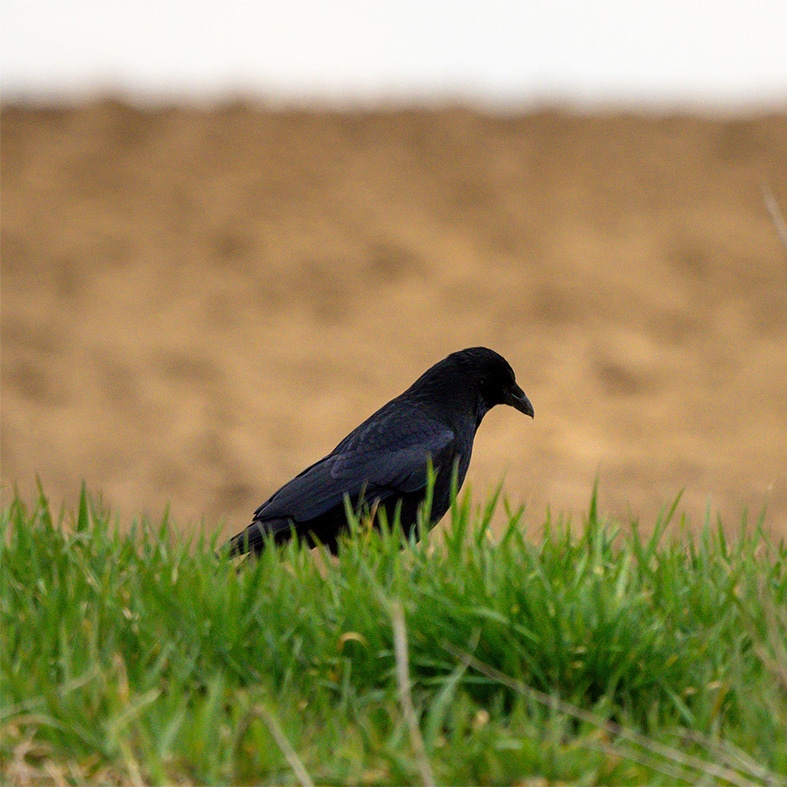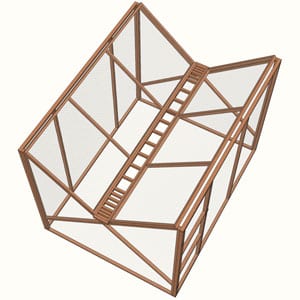
Best practice on the use of snares for fox control in England
This Code is aimed at those who carry out fox control in the English countryside to describe best practice when using snares.
Get information on the legal shooting season for mammals and birds in the UK.
Learn about our current conservation projects and how you can get involved.
Comprehensive information and advice from our specialist firearms team.
Everything you need to know about shotgun, rifle and airgun ammunition.
Find our up-to-date information, advice and links to government resources.
Everything you need to know on firearms law and licensing.
All the latest news and advice on general licences and how they affect you.


Pest and Predator Control How to make a ladder trap
 Corvids can be prolific predators of young gamebirds, small mammals and young livestock, which is why they need to be controlled.
Corvids can be prolific predators of young gamebirds, small mammals and young livestock, which is why they need to be controlled.
This can be done by a range of different methods but no one method is suitable for all circumstances.
A strategically set ladder trap will catch birds when other methods of control either won’t work or are impractical.
Before setting a trap, it’s important you understand, and comply with, any appropriate legislation. It’s important you familiarise yourself with any relevant codes of practice.
Ladder, or multi-catch cage traps, are usually made of large, timber-framed sections covered with a small-diameter wire mesh and have a door for the operator to gain access.
These traps are specifically designed so that the target species can enter by a narrow opening – the ladder – but cannot escape when they attempt to fly out.
Ladder traps are often used in situations where large numbers of corvids are present. Unlike the smaller Larsen trap, the ladder trap is designed to catch a large number of birds in a short amount of time.
When deciding where to set the trap, look for areas near to large corvid populations or where the birds have been seen feeding regularly.
The trap can then be erected – with the door fixed open and the roof sections off. The trap can then be baited; typically with bread, grain or eggs. Allowing the birds to fly in and out of the trap for a week or so will result in a greater success rate when the trap is set.
When you’ve seen a good number of birds using the trap, fit the roof and close the door. Large numbers of birds can enter the trap in a relatively short time so it’s important that the trap is visited, and emptied, regularly.
Remember, it’s your responsibility to ensure you abide by the law when using any kind of trap. To ensure you comply, see the BASC code of practice on trapping pest birds available to download below.
Ladder traps are often DIY constructions and require only basic tools and moderate DIY skills to make – see the BASC video “How to Build a Ladder Trap”. There is also an instruction sheet that accompanies this video available to download and print.

This Code is aimed at those who carry out fox control in the English countryside to describe best practice when using snares.

This code sets out the law and best practice for ensuring a workable balance between the welfare and conservation of brown hares in England.

Mink have had a devastating impact on our native fauna through predation on vulnerable species of birds, fish and mammals such as the water vole.
Sign up to our weekly newsletter and get all the latest updates straight to your inbox.
© 2023 British Association for Shooting and Conservation. Registered Office: Marford Mill, Rossett, Wrexham, LL12 0HL – Registered Society No: 28488R. BASC is a trading name of the British Association for Shooting and Conservation Limited which is authorised and regulated by the Financial Conduct Authority (FCA) under firm reference number 311937.
If you have any questions or complaints about your BASC membership insurance cover, please email us. More information about resolving complaints can be found on the FCA website or on the EU ODR platform.
This website uses cookies so that we can provide you with the best user experience possible. Cookie information is stored in your browser and performs functions such as recognising you when you return to our website and helping our team to understand which sections of the website you find most interesting and useful.
Strictly Necessary Cookie should be enabled at all times so that we can save your preferences for cookie settings.
If you disable this cookie, we will not be able to save your preferences. This means that every time you visit this website you will need to enable or disable cookies again.
This website uses Google Analytics to collect anonymous information such as the number of visitors to the site, and the most popular pages.
Keeping this cookie enabled helps us to improve our website.
Please enable Strictly Necessary Cookies first so that we can save your preferences!
More information about our Cookie Policy